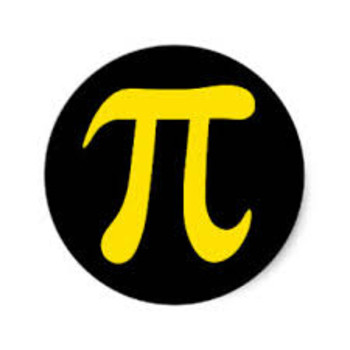If the sum of interior angle measures of a polygon is 720°, how many sides does the polygon have?
3 Answers
Explanation:
Recall that the formula for the sum of the interior angles in a regular polygon is:
#color(blue)(|bar(ul(color(white)(a/a)180^@(n-2)color(white)(a/a)|)))#
#ul("where")# :
#n=# number of sides
In your case, since the sum of the interior angles is
#720^@=180^@(n-2)#
Since you are looking for
#720^@/180^@=n-2#
#4=n-2#
#n=color(green)(|bar(ul(color(white)(a/a)color(black)6color(white)(a/a)|)))#
Since
An alternative approach.
Explanation:
Consider a triangle, a polygon with three sides. The sum of the interior angle measures is
Consider any quadrilateral, a polygon with four sides. The sum of the interior angles measures
This forms an arithmetic series. Note: An arithmetic series is a sequence of numbers where a common difference is added or subtracted from previous terms to give the next terms. For example, 2, -1, -4 forms an arithmetic series, with a common difference of 3.
The general term of an arithmetic series is given by
We know
Since the figure with angles measuring
Practice exercises:
- The interior angles of a polygon add up to
#3960˚# . How many sides does this polygon have?
Hopefully this helps, and good luck!
Explanation:
You are probably aware of the fact that there is a formula for calculating the sum of the interior angles of a polygon.
Any convex polygon can be divided into triangles by drawing all the possible diagonals from ONE vertex to all the others.
If you do this for a number of shapes and count the number of triangles, you will find that the number of triangles is always
Each triangle has the sum of its angles as
Hence the formula:
So to find the number of sides, it will help to find the number of triangles first, then we can just add



